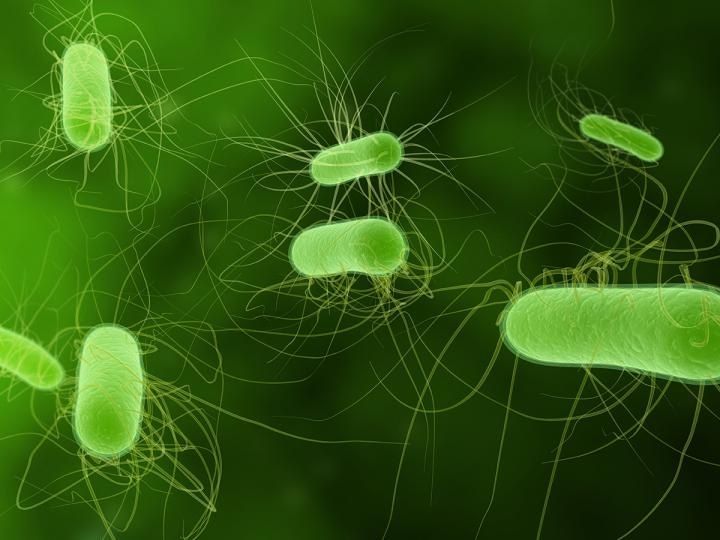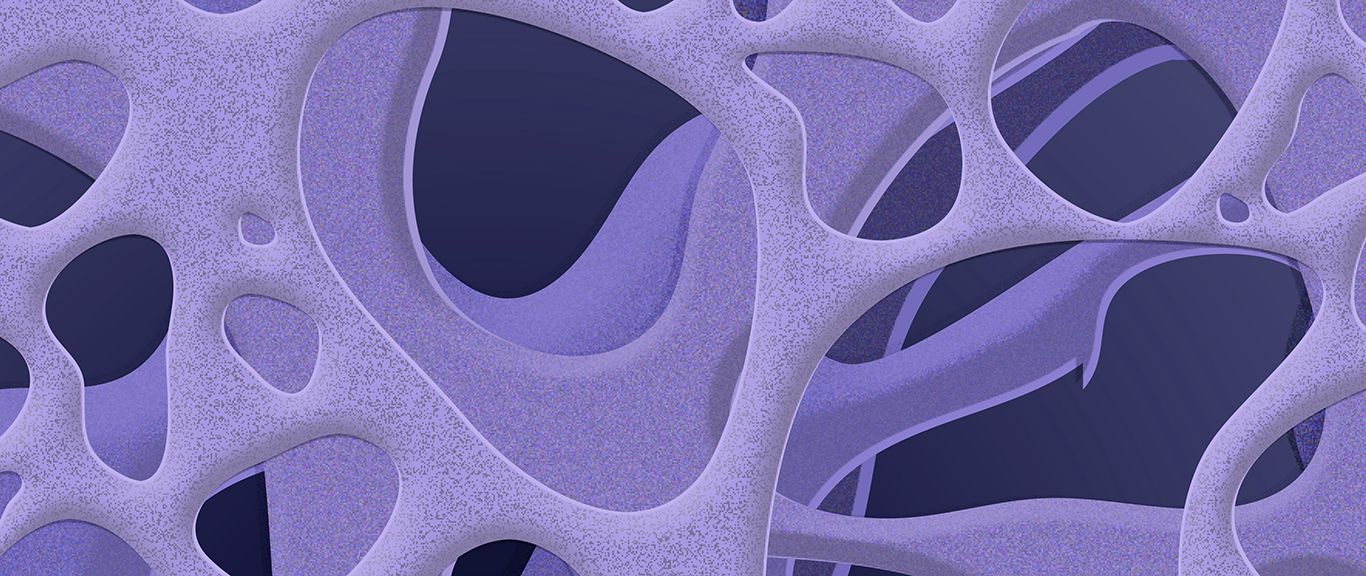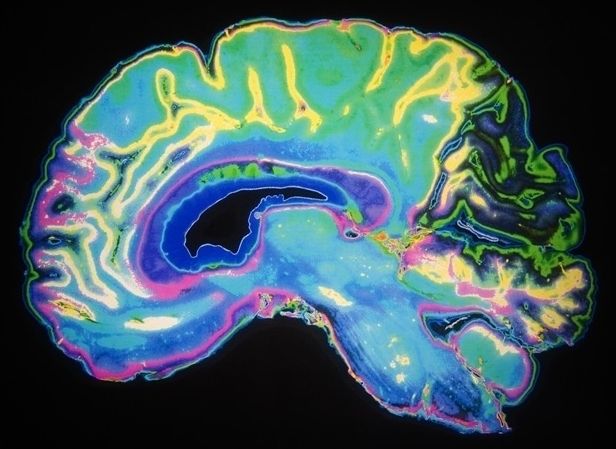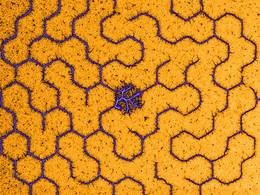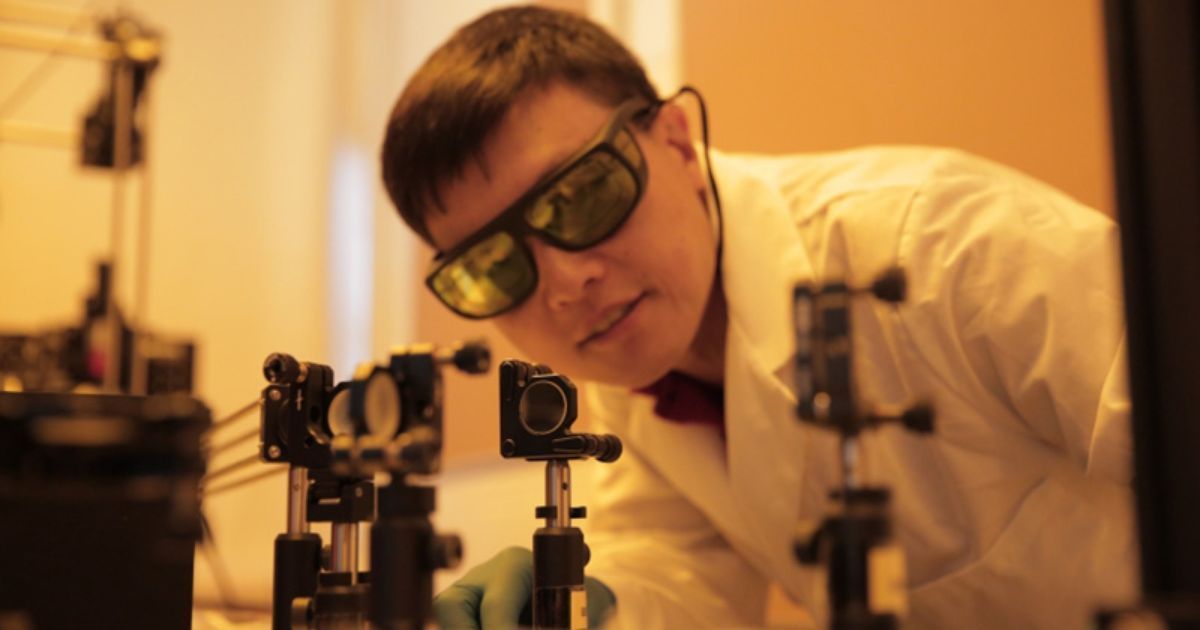Page 10621
Aug 11, 2016
Lock picking your way to cybersecurity at Def Con
Posted by Karen Hurst in categories: cybercrime/malcode, internet
New method on how to attend Def Con.
LAS VEGAS (AP) — Lock picking might seem ridiculously old-fashioned at a cybersecurity gathering — but learning it can actually help people protect machines from digital threats.
As security improves to block remote attacks over the internet, hackers look for ways to deliver malicious software physically instead — for instance, by breaking into a company’s data centers. Like cracking a digital system, picking locks involves solving puzzles, along with a certain amount of finesse and skill.
Continue reading “Lock picking your way to cybersecurity at Def Con” »
Aug 11, 2016
Researchers Use E.coli to Engineer Improved Biofuels
Posted by Karen Hurst in categories: engineering, sustainability
Interesting.
Although E. coli bacteria is often considered as a bad bug, laboratory-adapted E. coli that do not harm human beings and can multiply fast have been commonly used for various research purposes.
The same property allows the bacteria to rebuild into the smallest of factories when their chemical producing ability is utilized. E. coli possesses the ability to crank out pharmaceuticals, biofuels, and various other useful products.
Continue reading “Researchers Use E.coli to Engineer Improved Biofuels” »
Aug 11, 2016
DARPA builds pop-up liquid cooled data center in 29 hours
Posted by Karen Hurst in categories: robotics/AI, security
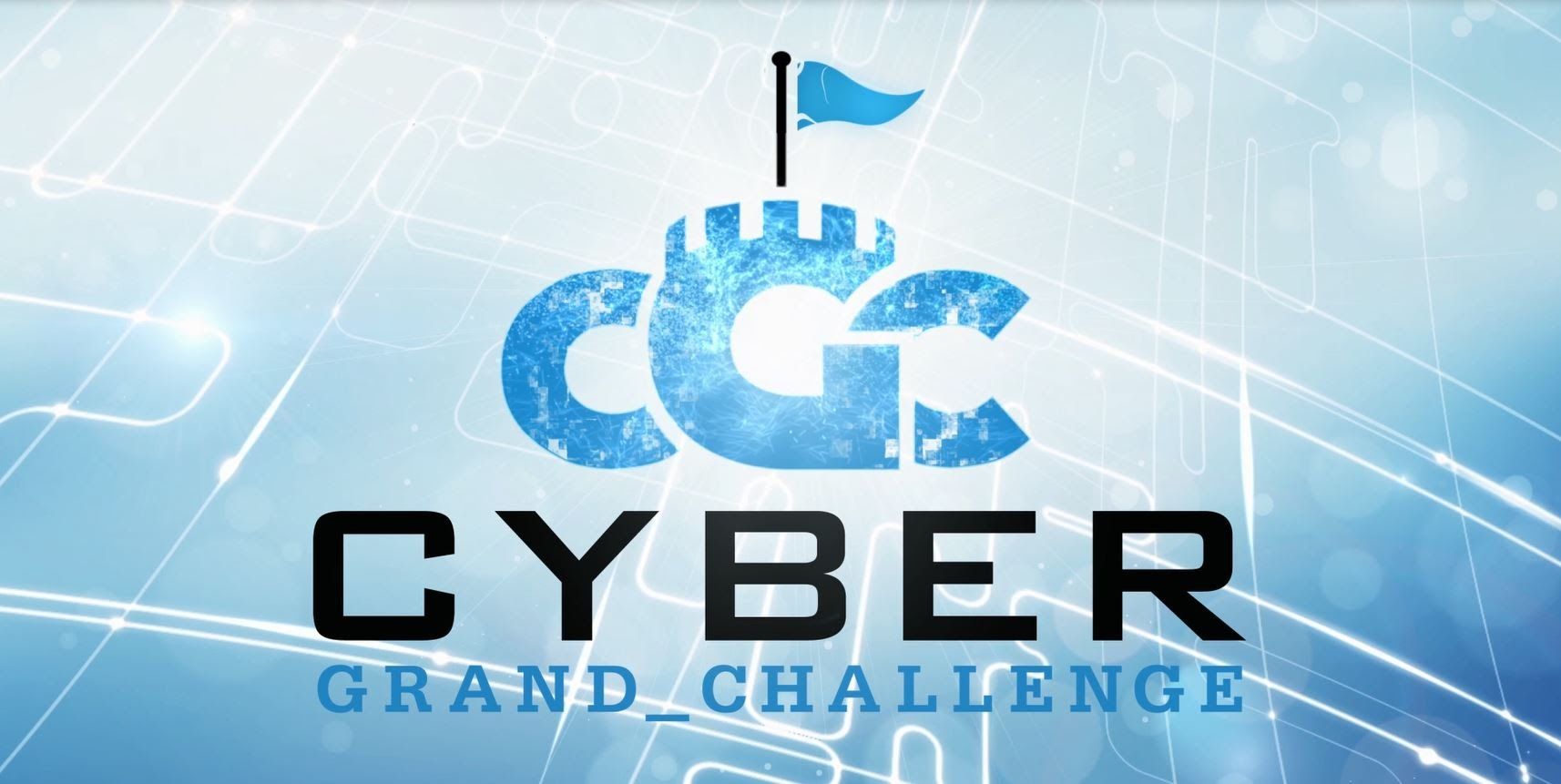
Got visitors coming in 2 days to check out your IT operations and need a data center popped up quickly to show off in front of the potential customers; well, now you can do it in 29 hours.
Defense team sets up AI-based security for the Cyber Grand Challenge.
Continue reading “DARPA builds pop-up liquid cooled data center in 29 hours” »
Aug 11, 2016
Forget concrete and cement. DARPA thinks skin and bone make better building blocks
Posted by Karen Hurst in categories: futurism, materials
Have you ever seen the movie called “The Haunting” with Liam Neeson and Catherine Zeta-Jones? If you have; you will appreciate this article. A living building.
The US’s Defense Advanced Research Projects Agency (DARPA) is attempting to build living, self-healing, programmable buildings.
DARPA’s Engineered Living Materials (ELM) program imagines that materials like bone, skin, bark and coral could form future building blocks as they provide advantages over non-living materials built with today, in that they can be grown where needed, self-repair when damaged and respond to changes in their surroundings.
Aug 11, 2016
Long-term brain-machine interface use could lead to recovery in paraplegic patients
Posted by Karen Hurst in categories: biotech/medical, cyborgs, engineering, neuroscience, robotics/AI
I know so many people who will benefit from this.
During the 2014 FIFA World Cup opening ceremony, a young Brazilian man, paralyzed from the chest down, delivered the opening kickoff. He used a brain-machine interface, allowing him to control the movements of a lower-limb robotic exoskeleton.
This unprecedented scientific demonstration was the work of the Walk Again Project (WAP), a nonprofit, international research consortium that includes Alan Rudolph, vice president for research at Colorado State University, who is also an adjunct faculty member at Duke University’s Center for Neuroengineering.
Aug 11, 2016
DNA dominos on a chip: Carriers of genetic information packed together on a biochip like in nature
Posted by Karen Hurst in categories: biotech/medical, genetics, nanotechnology, physics
Abstract: Normally, individual molecules of genetic material repel each other. However, when space is limited DNA molecules must be packed together more tightly. This case arises in sperm, cell nuclei and the protein shells of viruses. An international team of physicists has now succeeded in artificially recreating this so-called DNA condensation on a biochip.
Recreating important biological processes in cells to better understand them currently is a major topic of research. Now, physicists at TU Munich and the Weizmann Institute in Rehovot have for the first time managed to carry out controlled, so-called DNA condensation on a biochip. This process comes into play whenever DNA molecules are closely packed into tight spaces, for example in circumstances that limit the available volume.
This situation arises in cell nuclei and in the protein shells of viruses, as well as in the heads of sperm cells. The phenomenon is also interesting from a physical perspective because it represents a phase transition, of sorts. DNA double helices, which normally repel each other because of their negative charges, are then packed together tightly. “In this condensed state they take on a nearly crystalline structure,” says co-author and TU professor Friedrich Simmel.
Aug 11, 2016
New Technique Reveals Black Phosphorus’ Properties and How to Control Them
Posted by Karen Hurst in category: futurism
Aug 11, 2016
UW research fuels mini solar cells
Posted by Karen Hurst in categories: biotech/medical, solar power, sustainability
Aug 11, 2016
Electroluminescent diamonds could serve as the heart of quantum networks
Posted by Karen Hurst in categories: quantum physics, space
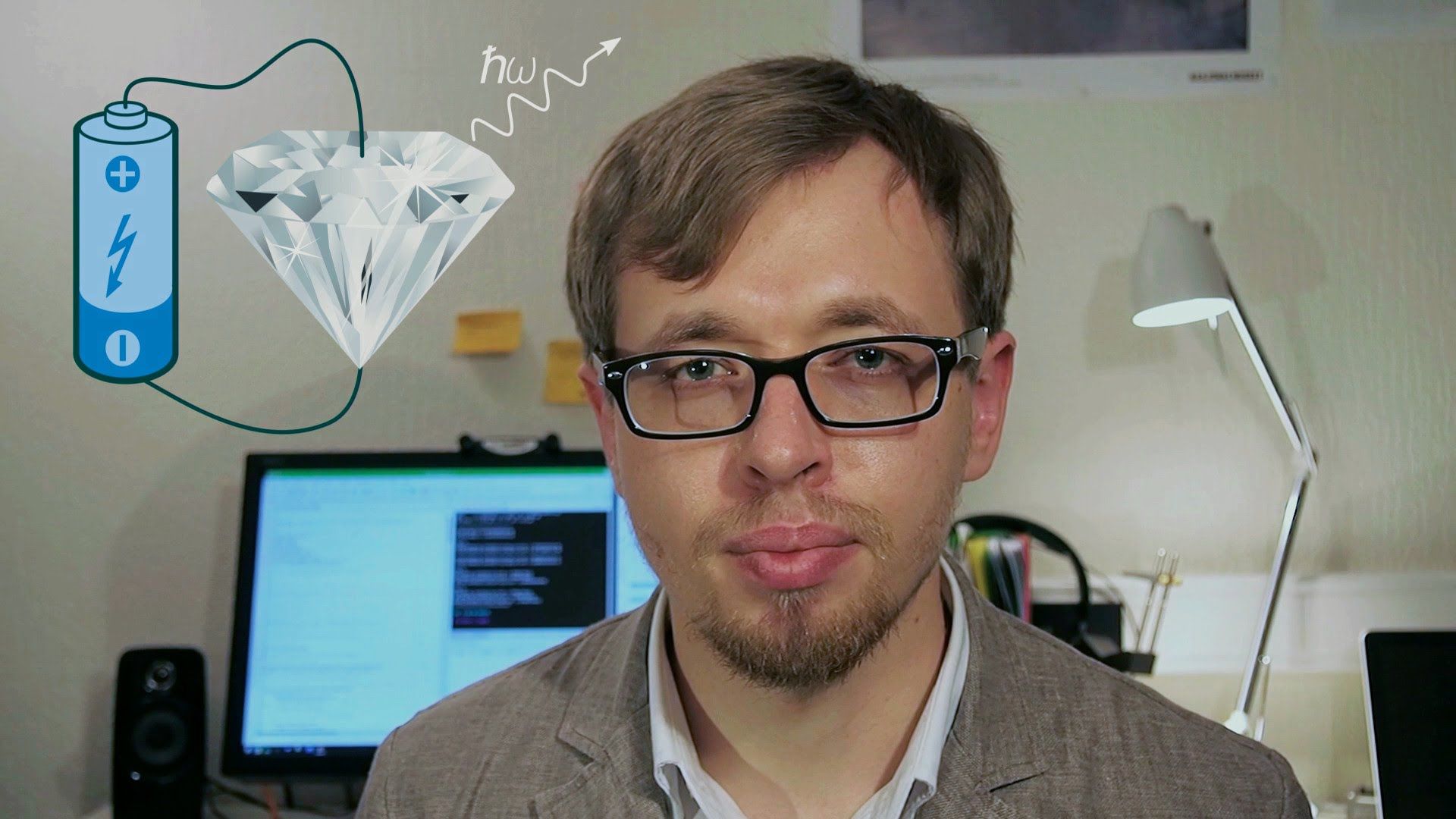
Believe me there are more things coming in this diamond space.
Doped, carefully point-flawed diamonds are crucial to this quantum communications architecture.
Continue reading “Electroluminescent diamonds could serve as the heart of quantum networks” »

